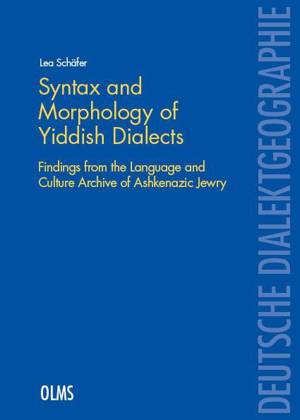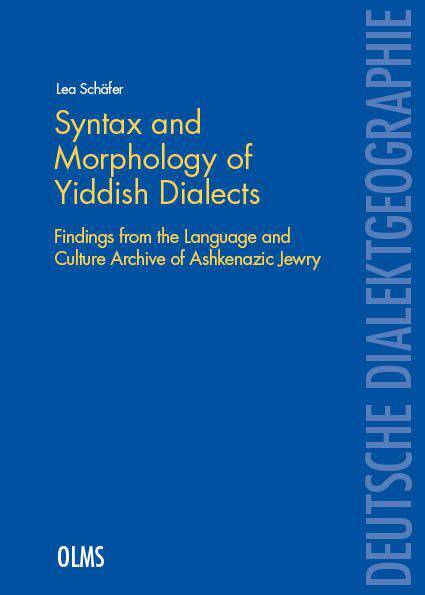
- Retrait gratuit dans votre magasin Club
- 7.000.000 titres dans notre catalogue
- Payer en toute sécurité
- Toujours un magasin près de chez vous
- Retrait gratuit dans votre magasin Club
- 7.000.0000 titres dans notre catalogue
- Payer en toute sécurité
- Toujours un magasin près de chez vous
Syntax and Morphology of Yiddish Dialects
Findings from the Language and Culture Archive of Ashkenazic Jewry
Lea Schäfer
89,45 €
+ 178 points
Description
20th century fascism largely destroyed European Jewish cultures in their original form and distribution. Survivors brought their culture to new environments, where it was partly revitalized. Languages were also victim to this, or were abandoned in the course of assimilation and acculturation, or at least were strongly influenced by the different new contact situations. In the 1950s, when it was foreseeable that many survivors who had grown up in the old European territories would not pass on their mother tongue to their children and grandchildren, Uriel Weinreich recognized the necessity and opportunity to systematically document the language and culture of these speakers. Within the framework of his project "Language and Culture Archive of Ashkenazic Jewry" (LCAAJ), 18 interviewers collected interviews with almost 1,000 informants between 1959 and 1972 on the basis of an extensive questionnaire. The material collected within the framework of the LCAAJ is an inexhaustible fund and the best source we have on the historical Yiddish dialects of Central Europe. With the publication of the digitized copies of the written records (field notes) by Columbia Libraries in 2018 the raw data of the LCAAJ became available to the public. Between 2017 and 2022 the project "Syntax of Eastern Yiddish Dialects" (SEYD) analyzed these field notes with regard to syntactic and also morphological structures. The present volume presents a selection of these phenomena. The focus is on the empirical data as well as their embedding in a (micro)typological context. A large number of maps illustrate the spatial dimension of the grammatical variation given in the former European Yiddish dialects.
Spécifications
Parties prenantes
- Auteur(s) :
- Editeur:
Contenu
- Nombre de pages :
- 478
- Langue:
- Anglais
- Collection :
- Tome:
- n° 132
Caractéristiques
- EAN:
- 9783487161822
- Format:
- Livre relié
- Dimensions :
- 150 mm x 29 mm
- Poids :
- 977 g

Les avis
Nous publions uniquement les avis qui respectent les conditions requises. Consultez nos conditions pour les avis.






